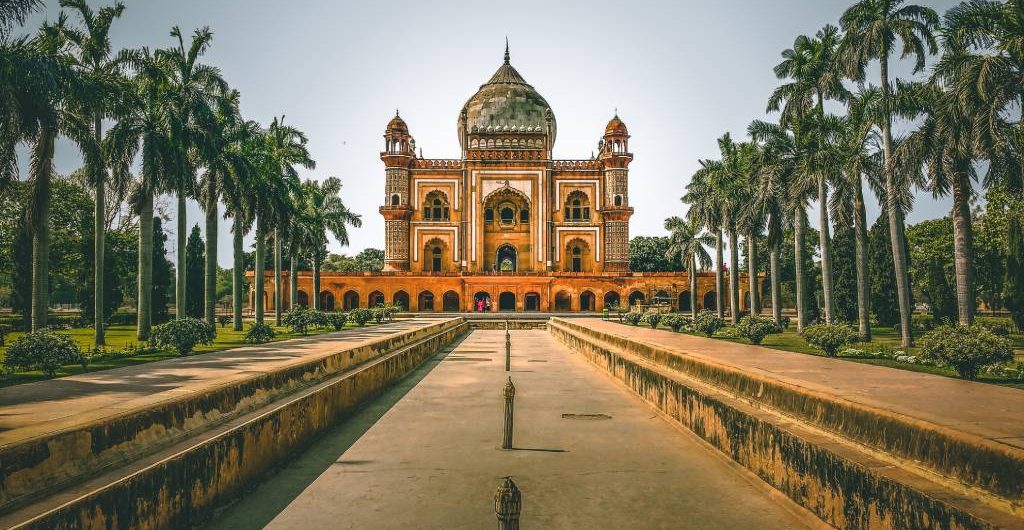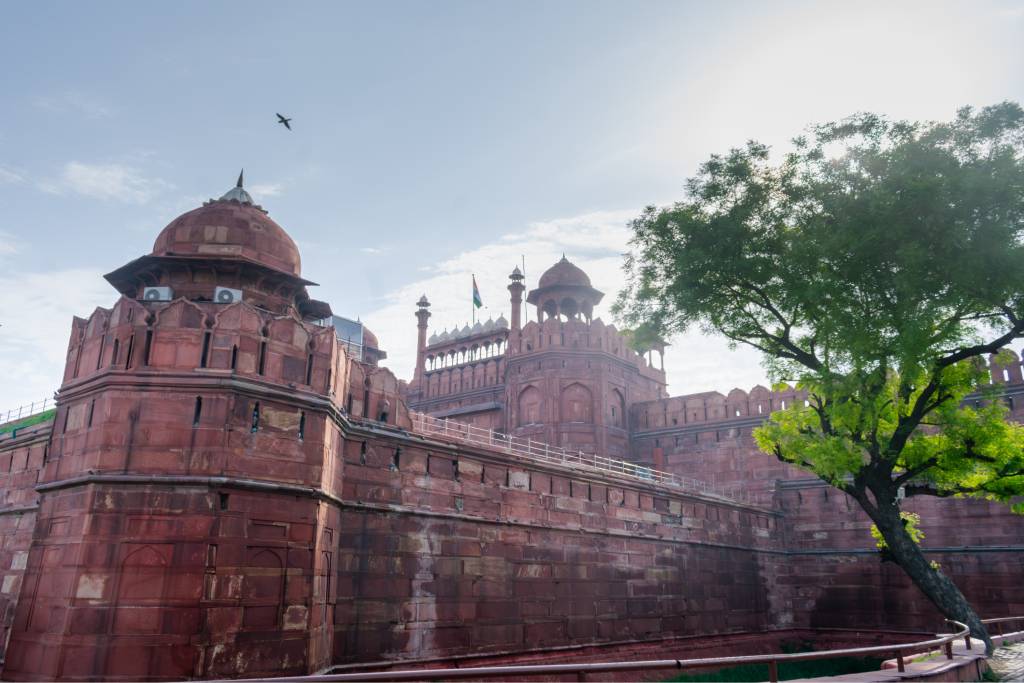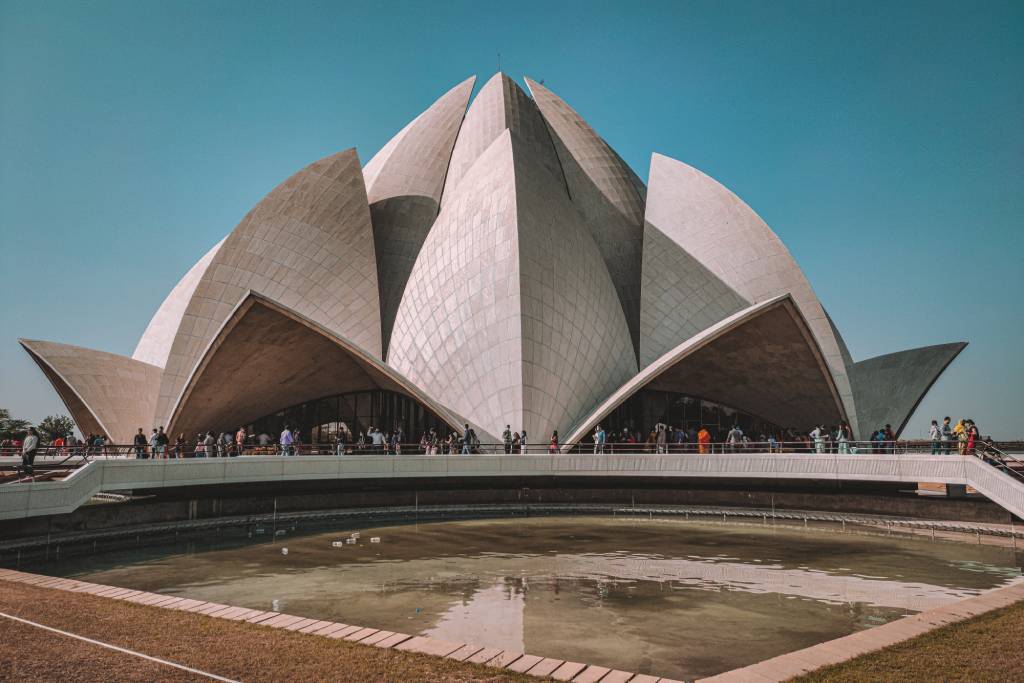
Delhi, the bustling metropolis nestled in the heart of northern India, is a city of captivating contrasts. It is a place where ancient history mingles with modernity, where diverse cultures harmoniously coexist, and where the relentless pace of progress never seems to cease. Delhi, often referred to as the “City of Djinns” by novelist William Dalrymple, has a rich tapestry of history, culture, and innovation that makes it an enigmatic jewel in India’s crown.
Historical Background

Ancient History
Delhi’s roots trace back to ancient times, with mentions of the city in the Mahabharata as “Indraprastha,” the fabled capital of the Pandavas. Over the centuries, it was ruled by various dynasties, including the Mauryas and Guptas.
Medieval Delhi
The medieval period saw Delhi rise to prominence as the seat of power for the Delhi Sultanate and later the Mughal Empire. Iconic monuments like the Red Fort, Qutub Minar, and Humayun’s Tomb bear testimony to the architectural grandeur of this era.
Colonial Period
During British colonial rule, Delhi witnessed significant changes, including the construction of Lutyens’ Delhi, now known as New Delhi, which became the new capital of India in 1931.
Post-Independence Era
Following India’s independence in 1947, Delhi became the capital of the newly formed Indian Union Territory. It evolved into a thriving political and administrative hub, symbolizing the nation’s unity.
Geography and Climate
Geographical Features
Delhi’s geography is marked by the meandering Yamuna River and the Delhi Ridge, a hilly terrain in the northern part of the city. These features contribute to the city’s diverse landscape.
Climate Zones
Delhi experiences three distinct seasons: scorching summers, monsoon rains, and chilly winters. Each season brings its unique charm and challenges to the city.
Administrative Divisions
Delhi’s administrative structure is unique. It functions as both a Union Territory and the National Capital Territory (NCT) of India, with its own legislative assembly and government. The city is divided into multiple districts, each with its own unique character.
Landmarks and Attractions

Historical Landmarks
Delhi boasts an array of historical landmarks, including the Red Fort, a UNESCO World Heritage Site, which served as the main residence of Mughal emperors, and Qutub Minar, the world’s tallest brick minaret. Humayun’s Tomb, a masterpiece of Mughal architecture, is another must-visit site.
Modern Landmarks
In New Delhi, the India Gate stands tall as a memorial to Indian soldiers who died in World War I. The Lotus Temple, a Bahá’í House of Worship, is celebrated for its unique lotus-shaped architecture, while Akshardham Temple exemplifies modern temple design.
Cultural and Recreational Attractions
Delhi is a cultural melting pot, with museums like the National Museum and the National Gallery of Modern Art preserving the nation’s heritage. The city’s parks and gardens offer a tranquil escape, and its bustling markets like Chandni Chowk and Sarojini Nagar cater to shopping enthusiasts.
Culture and Society
Delhi’s population is a diverse mosaic of cultures and languages. Hindi, Punjabi, Urdu, and English are among the languages spoken here. The city celebrates numerous festivals with fervor, including Diwali, Eid, and Holi. Its culinary scene is a tantalizing adventure, offering a vast array of street food delights.
Economy and Business
Delhi’s economy is dynamic, with major industries encompassing information technology, manufacturing, retail, and tourism. Business districts like Connaught Place and Nehru Place are commercial hubs, fostering economic growth and development.
Challenges and Issues
Delhi grapples with various challenges, including air pollution, traffic congestion, and rapid urbanization. Tackling these issues is crucial for the city’s sustainable development.
Future Outlook
Delhi’s future holds promise and potential. Urban development projects aim to improve infrastructure, transportation, and sustainability. The city continues to evolve, reflecting India’s aspirations and progress on the global stage.